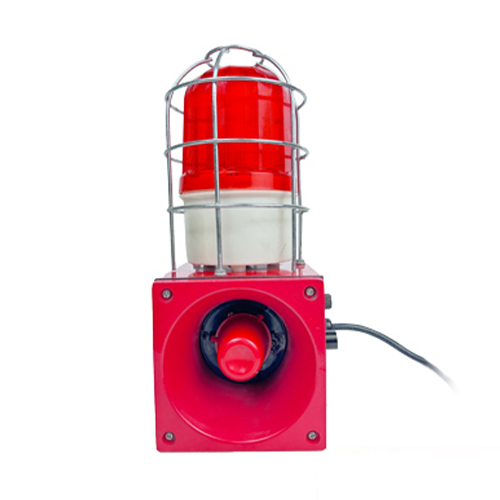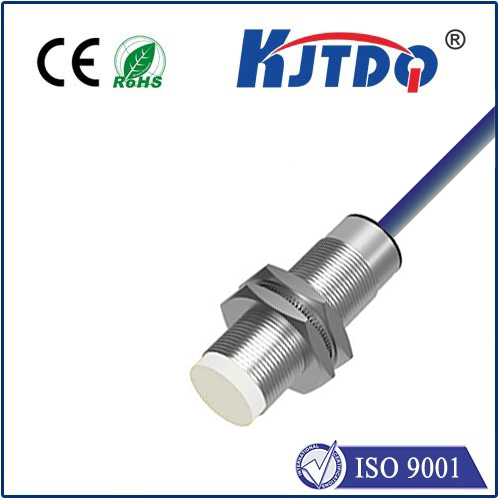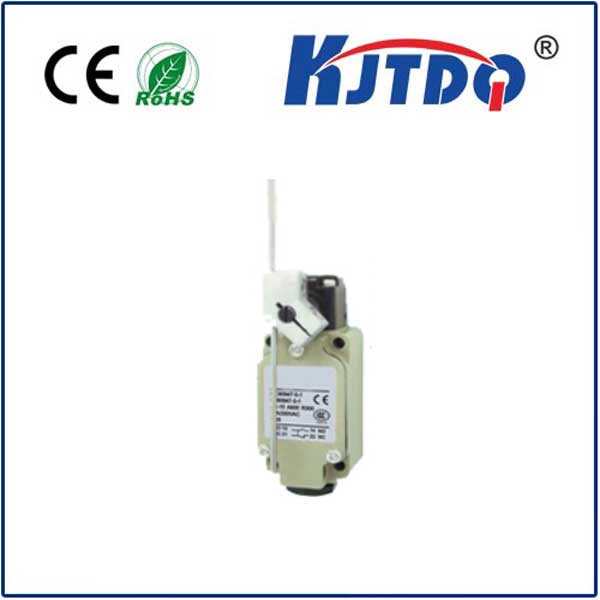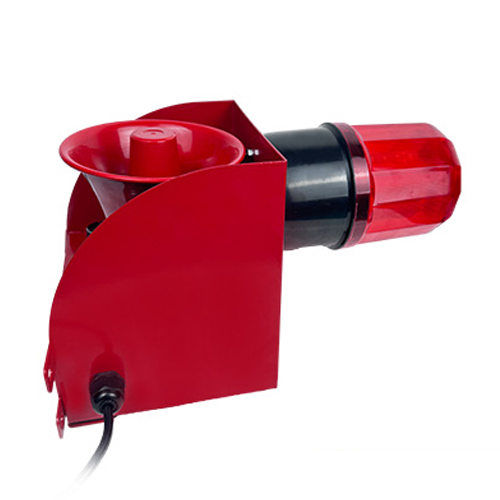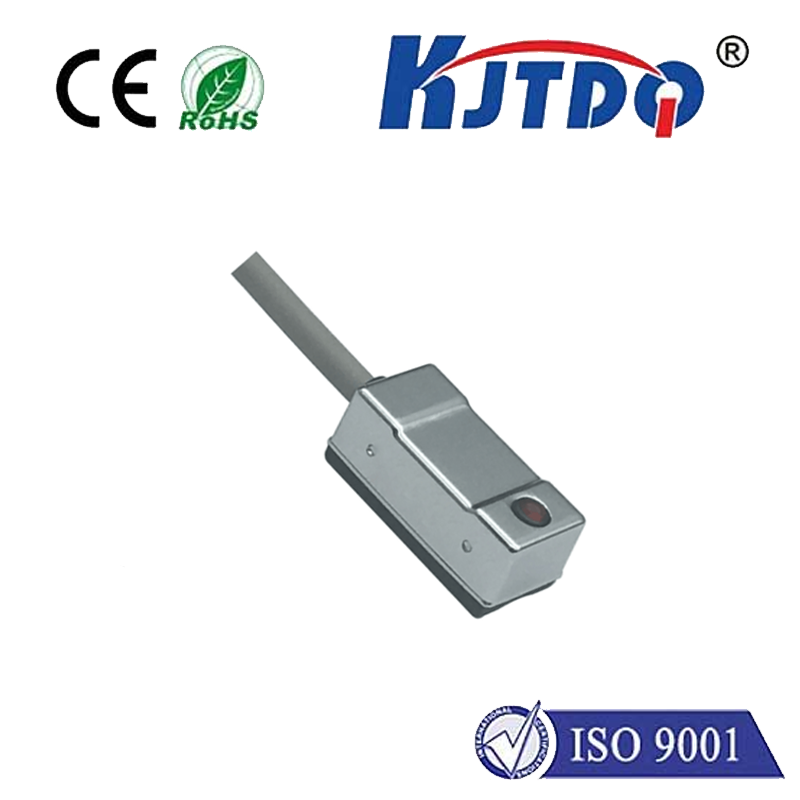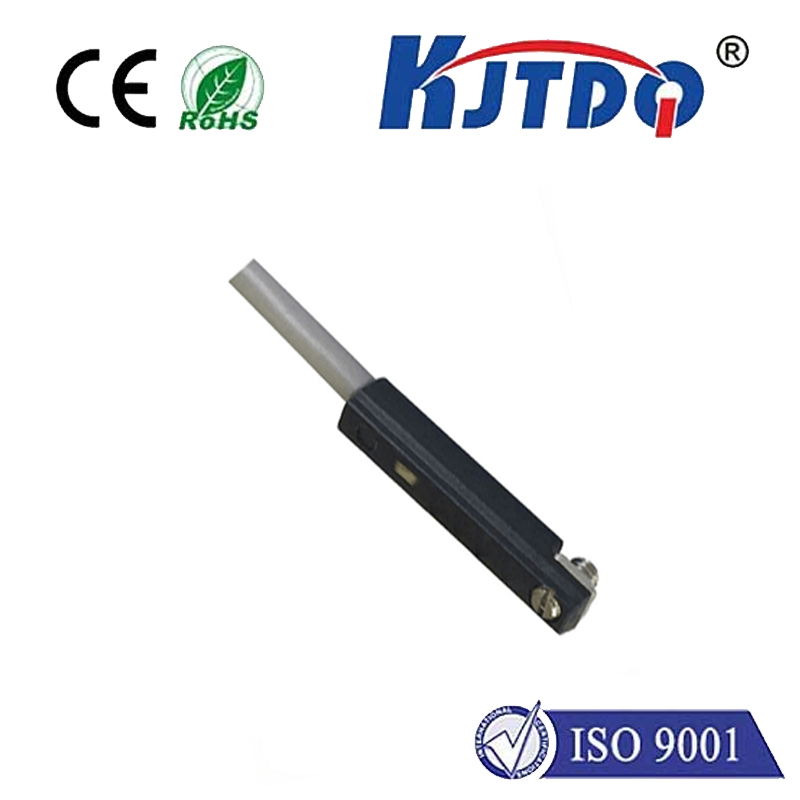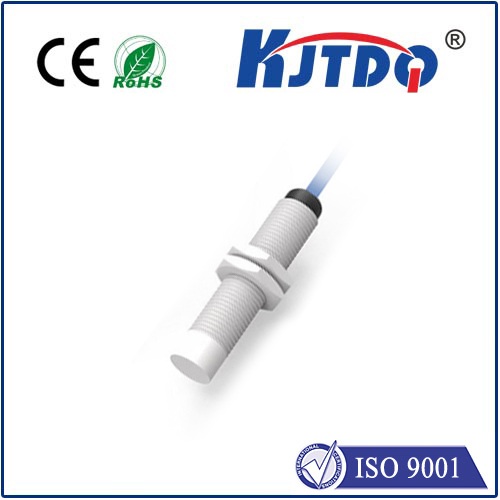12v dc proximity sensor
- time:2025-09-07 00:29:28
- Click:0
12V DC Proximity Sensors: Your Essential Guide to Reliable Non-Contact Detection
In the intricate world of automation, manufacturing, and machinery control, sensing the presence or absence of an object reliably and efficiently is fundamental. Among the unsung heroes enabling this precision are proximity sensors, and those operating on 12V DC power hold a particularly prominent place. These versatile, robust devices offer a powerful combination of simplicity, durability, and performance, making them indispensable across countless applications. Understanding what a 12V DC proximity sensor is, how it operates, and where it excels is key to leveraging its potential.
So, What Exactly is a 12V DC Proximity Sensor?
A proximity sensor, fundamentally, detects nearby objects without requiring physical contact. A 12V DC proximity sensor specifically refers to a non-contact sensor powered by a 12-volt direct current (DC) power supply. This voltage level is incredibly common in industrial control panels, vehicle electrical systems, and many low-voltage automation circuits, making these sensors highly compatible and easy to integrate.
The most prevalent type of 12V DC proximity sensor is the inductive sensor. These work on the principle of electromagnetic induction. Inside the sensor face, an oscillator generates a high-frequency electromagnetic field. When a metallic (typically ferrous, like iron or steel) target enters this field, it induces small eddy currents on the target’s surface. This causes a measurable change in the oscillator’s characteristics (like amplitude or frequency), which internal circuitry detects. This detection triggers a solid-state electronic switch (usually an NPN or PNP transistor) to change state – turning the sensor’s output signal ON or OFF. Importantly, non-metallic objects (plastic, wood, liquid) will not trigger a standard inductive proximity sensor.

The Compelling Advantages of Using 12V DC Proximity Sensors
Why choose a 12V DC proximity sensor over other types or voltage ratings? Their widespread adoption is driven by several significant benefits:
- Non-Contact Operation: The hallmark feature. No physical touch means no mechanical wear and tear on the sensor or the target object. This translates directly to significantly longer service life, minimal maintenance, and highly reliable operation even at high sensing frequencies.
- High Reliability & Durability: Designed for demanding environments, these sensors are typically housed in robust materials (stainless steel, nickel-plated brass, PBT plastic) with high IP ratings (like IP67 or IP69K). This makes them resistant to dust, moisture, oils, coolants, and vibration – common challenges in industrial settings.
- Fast Response Times: Inductive proximity sensors react extremely quickly to the presence or absence of a target. Switching speeds are often measured in microseconds or milliseconds, enabling precise timing control in high-speed machinery.
- Sealed Design: Their construction inherently protects sensitive internal electronics from harsh contaminants, ensuring consistent performance where other sensors might fail.
- Simple Integration: Powered by ubiquitous 12V DC, these sensors integrate easily into standard control systems, PLCs (Programmable Logic Controllers), and microcontrollers. They often feature standardized M8, M12, or M18 threaded barrels and industry-standard connector styles, simplifying mechanical and electrical installation.
- Cost-Effectiveness: While prices vary, the combination of long lifespan, minimal maintenance, and ease of use makes these sensors a very economical choice for volume applications over the long term.
- Voltage Tolerance: Many “12V DC” proximity sensors actually operate reliably over a range like 10-30V DC. This tolerance provides flexibility and resilience against minor voltage fluctuations common in real-world power supplies.
Where Do 12V DC Proximity Sensors Shine? Applications Galore
The robustness, reliability, and simplicity of 12V DC inductive proximity sensors make them the go-to solution across diverse sectors:
- Industrial Automation: The core domain. Used for position sensing (end-of-travel limits, cylinder piston detection), object counting on conveyors, presence verification (parts in fixtures, tools in position), speed monitoring (gears, shafts), and level detection (metal bins).
- Machine Tools: Monitoring tool position, coolant levels (if metal sensed), work piece clamping/unclamping, and safety guards.
- Packaging Machinery: Detecting cans, bottles, or metallic packaging components for filling, capping, and labeling control. Ensuring cartons are present for sealing.
- Material Handling: Verifying pallet presence, sensing roll position on conveyors, detecting elevator car position.
- Automotive Manufacturing: Countless applications on assembly lines for part presence, robot guidance, and fixture confirmation.
- Vehicle Systems: On trucks, buses, and mobile machinery for gear position sensing, suspension height detection, or door/hood closed status (where metallic targets exist).
- Consumer Devices: Found in appliances, vending machines, and automated doors where metallic components need sensing reliably on a common DC supply.
Key Considerations When Selecting a 12V DC Proximity Sensor
Choosing the right sensor involves more than just the voltage. Key factors include:
- Sensing Range: The maximum distance at which the sensor can reliably detect a standard target. Inductive sensors have relatively short ranges (typically 1-25mm, depending on size and type). Always consider the actual target material and distance required.
- Target Material: Standard inductive sensors require ferrous metals (steel, iron) for their rated range. Some types (like those with a ferrite core) offer slightly better performance on non-ferrous metals (aluminum, brass, copper), but always check specifications.
- Sensor Housing & Size: Common barrel diameters are M8 (≈8mm), M12 (≈12mm), and M18 (≈18mm). Choose based on space constraints. Also select the housing material (stainless steel for harsh/corrosive environments, plastic for cost-sensitive/non-corrosive areas).
- Output Type & Configuration:
- NPN (Sinking): Outputs a path to ground (0V) when active. Common in PLCs with sourcing inputs (Asia is very common).
- PNP (Sourcing): Outputs the positive supply voltage (e.g., 12V) when active. Common in Europe and with PLCs requiring sourcing inputs.
- Normally Open (NO) vs. Normally Closed (NC): Defines the output state when no target is present (NO = Off, NC = On). Choose based on circuit safety logic (fail-safe principles).
- Environmental Rating: Verify the IP rating (Ingress Protection) suits the environment – dust, moisture, washdown conditions, temperature extremes.
- Electrical Connection: Barrel sensors typically offer cable exit (integrated cable) or connector style (requiring a matching plug). Connector versions simplify replacement.
Installation Tips for Optimal Performance
Maximizing reliability involves correct installation:
- Mounting: Ensure the target approaches the sensor face perpendicularly within its stated sensing range. Avoid mounting metal (like brackets) too close to the sensor face, as it can reduce the effective sensing range (shielding effect).
- Wiring: Carefully follow the manufacturer’s wiring diagram for the specific output type (NPN/PNP, NO/NC). Incorrect wiring can damage the sensor or the connected controller. Use shielded cable in electrically noisy environments and ground the shield properly at the control panel end







